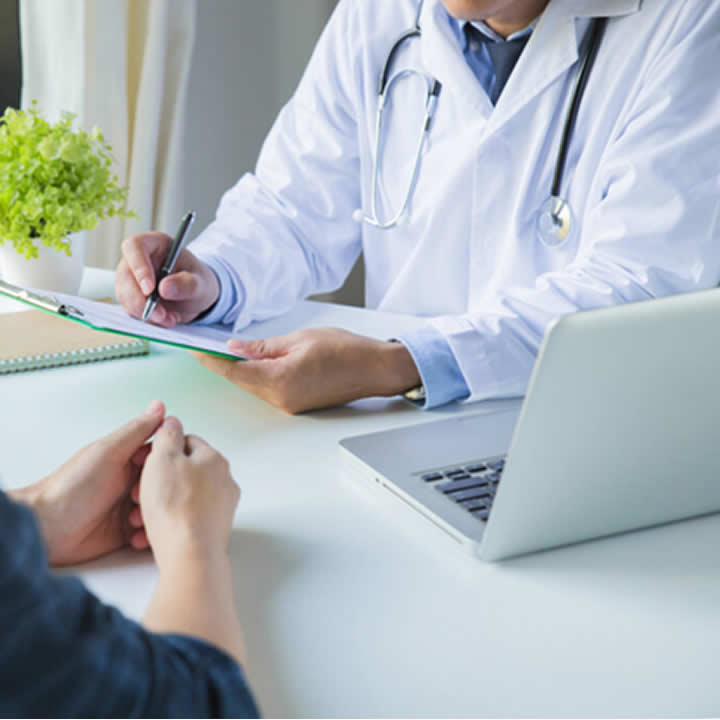Stomach problems are a normal occurrence in people. However, if you have been experiencing indigestion or other conditions concerning your digestive tract for an extended period of time, then this is probably a more serious ailment that you need to bring to the attention of your doctor. To check the health of your digestive tract, one recommended test that doctors advise their patients to undergo is gastroscopy.
A gastroscopy procedure is done to assess parts of the upper digestive tract. These parts are the esophagus, stomach, and duodenum. This examination is performed with the use of a gastroscope. A gastroscope is a medical tool that is inserted into the mouth and passes through the esophagus down to the other areas for inspection.
The gastroscope is composed of a long, cylindrical, and hollow tube with a light and camera attached to one end. The use of this optical instrument to inspect the interior of the body is generally safe and painless. More about gastroscopy can be found on Thomas Ho Surgery’s website.
A gastroscopy procedure is a common examination done by gastroenterologists. Of course, as with any medical procedure, the patient’s welfare is always a top priority of a doctor. With a gastroscopy procedure, patients should ensure that the doctor they are getting to perform the inspection of their upper digestive tract should be one that is knowledgeable and highly trained, and experienced in performing the gastroscopy procedure.
Leaving your condition to be handled by an inexperienced doctor can be dangerous and result in risks and complications that may bring permanent damage to your body and health.
If you are scheduled for a gastroscopy examination and are curious about the things that you need to know with regard to risks and complications of the procedure, here are some of what you should be aware of:
- Bleeding – As the gastroscope goes through the upper gastrointestinal tract, it can puncture or damage a blood vessel accidentally, which results in bleeding. Bleeding profusely rarely happens, so you need not worry. However, do not be surprised if you vomit blood or have black poop.
- Lung infections – aspiration and vomiting normally happen while the procedure is being carried out. As a result of this, some patients may develop lung infections.
- Perforation – Perforation happens when the lining of the esophagus, stomach, or the duodenum (first section of the small intestine) gets torn as the gastroscope navigates through the upper gastrointestinal tract. While the risk is minimal, this can still happen. Perforation can be identified by the following symptoms: difficulty in breathing, pain in the chest, neck, or stomach area, pain when swallowing, and occurrence of fever (38C or higher). Severe perforations will need surgery to fix it. If the perforation is minor, the tear can be left to heal on its own or, in some cases; the doctor may prescribe antibiotics to prevent further infections.
- Sensitivity to medication – This usually happens to patients who undergo a gastroscopy procedure while drowsy. In this procedure, a small dose of the sedative is injected into the patient’s bloodstream. The sedative does not knock out the patient completely but is just enough to make him or her sleepy. Sedation is safe, although not everyone is accustomed to its use. If a patient’s body is more sensitive in reacting to this kind of medication, then they may feel sick, have breathing difficulties, larynx spasms, low blood pressure, increased sweating, or irregular heartbeat. It can also lead to lung infections.
- Stroke, cardiac arrest, or heart attack – A rare happening complication that can happen is when a patient suffers a stroke, cardiac arrest, or heart attack. This can occur anytime—before, during, or after the gastroscopy. Patients can ask their doctor if they are at high risk of experiencing this and see what precautions can be done.
Aftercare following a gastroscopy procedure
Temporary complications that are felt immediately after a gastroscopy procedure should be gone after a day. These complications usually are bloating, sore throat, or throat cramping, which can make swallowing painful. If these do not go away after a while, patients should consult with their doctor. Other complications that should be observed and be given urgent attention by the doctor are:
- Abdominal pain that is intolerable
- Blood in the stool
- Inability to drink or eat due to difficulty and pain when swallowing
- Less urination
- Persistent vomiting
Within 24 hours after gastroscopy, patients should avoid alcohol consumption, driving or using heavy machinery or equipment, and medications that can make a person drowsy. In addition, it is best to leave important decision making or legal papers signing after the patient has recovered fully. A patient can return to their normal routine of doing simple tasks usually a day after the procedure or whenever they feel much better.

